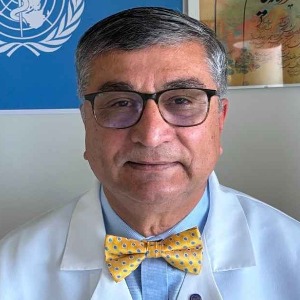10th Edition of
World Congress on Infectious Diseases & One Health
October 05-07, 2026 | Tokyo, Japan
Sexually transmitted infections are also referred to as sexually transmitted diseases (STDs) that are commonly spread by sexual activity, especially vaginal intercourse, oral sex, and anal sex. STIs seldom cause symptoms initially, which results in a greater risk of passing the disease on to others. Symptoms and signs of STIs may include vaginal discharge, pelvic pain, ulcers on or around the genitals, and penile discharge. Transmission of STIs can be witnessed to an infant before or during childbirth, which may result in poor outcomes for the infant. Some STIs can cause infertility. Safe sex practices, such as use of condoms, having a fewer number of sexual partners, and being in a relationship in which each person only has sex with each other also decrease the risk of STIs. Circumcision in adult males may be effective to prevent some infections.
Examples of STDs Infection:


By signing up, you agree to join our mailing list to receive information and updates.
Title : Molecular crosstalk between the host and pathogen in Streptococcus pyogenes virulence
Francis J Castellino, University of Notre Dame, United States
Title : Host brakes on viral inflammation
Saurabh Chattopadhyay, University of Kentucky College of Medicine, United States
Title : The impact of expanded adolescent vaccination against Omicron waves depends on the epidemic status: A mathematical modelling study
Anna Fairweather, University of Oxford, United Kingdom
Title : Comprehensive HIV care through integrated STI and primary care services at the LGBTQ+ Center of Southern Nevada
Darya V Fridman, The Southern Nevada LGBTQ+ Center, United States
Title : Meeting the needs of adults aged 50+ with HIV through the new opening of a primary care clinic at the LGBTQ Center of Southern Nevada
Darya V Fridman, The Southern Nevada LGBTQ+ Center, United States
Title : Camostat-polysaccharide dual-action nasal spray for mucosal barrier-driven prevention of viral infections
Yujeong Na, Daewoong Pharmaceutical Co., Ltd, Korea, Democratic People's Republic of